Letter of volatility template
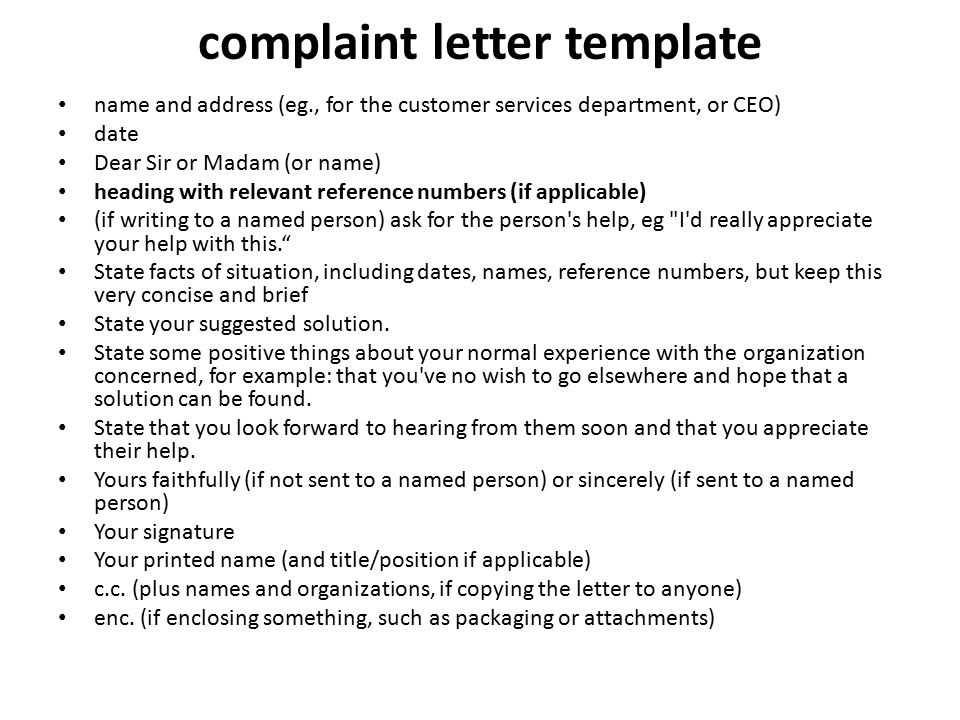
To draft a proper Letter of Volatility, start by ensuring clarity in the document’s purpose. This letter informs a recipient of any data that may be lost when a device is powered off or disconnected. It’s critical that the template includes all necessary details about hardware components, as well as their data retention status.
Be specific in listing the affected devices, including servers, network equipment, and storage systems. Mention whether these devices store volatile memory and describe the circumstances under which this memory would be erased. Always include the manufacturer’s recommendations regarding data retention, as this helps reinforce the document’s credibility.
Structure the letter professionally, with clear headings and bullet points for each item. Providing a structured overview of the system’s volatility will make it easier for the recipient to understand which parts are at risk of losing data. End with a confirmation statement about the device’s power state and how that affects its data storage.
Letter of Volatility Template: Practical Guide
To create an accurate and reliable Letter of Volatility, follow these practical steps for clear and precise documentation. A well-structured letter ensures effective communication of volatile data handling protocols and provides a clear understanding of how certain equipment operates concerning data volatility.
Key Sections to Include
- Equipment Overview – List all devices or systems, including their models, specifications, and components relevant to data retention.
- Volatility Statement – Clearly specify the volatile and non-volatile data storage locations within each device.
- Data Loss Risk Assessment – Assess the likelihood of data loss in different operating conditions, including power-off scenarios.
- Data Retention Period – Specify the duration for which data persists, detailing the conditions that influence this time frame.
Detailed Recommendations for Writing
- Be specific when listing volatile components. Include information like RAM, cache, or temporary storage media that lose data once powered off.
- Clarify which data is maintained even after power is lost. For instance, hard drives or flash storage devices should be identified as non-volatile.
- Ensure accuracy in describing the risk of data loss under various scenarios, such as sudden power failure or system reboot.
- In the data retention section, mention whether data can be recovered or overwritten, especially in cases of unexpected shutdowns or failures.
Once all sections are addressed, review the template for clarity and precision. Ensure the document is accessible for those needing to understand and implement data security protocols in line with the equipment’s data volatility characteristics.
Understanding the Purpose of a Volatility Letter
A volatility letter serves as a formal document that outlines the temporary nature of a specific asset’s price movements or financial performance. It is commonly used in investment and corporate settings to inform stakeholders of potential fluctuations and the associated risks. This letter provides a clear, concise explanation of the uncertainty surrounding an asset’s value over a short-term period.
Clarifying Financial Risks
In a financial context, a volatility letter helps clarify the potential risks investors may face due to sudden shifts in market conditions. It outlines key variables that could influence the asset’s performance, such as economic events, geopolitical factors, or unexpected market trends. The purpose is not to predict exact outcomes but to ensure all parties are aware of the instability that may impact financial decisions.
Providing Transparency to Stakeholders
The letter increases transparency by making stakeholders aware of the risks tied to an investment or business decision. It acts as a safeguard, ensuring that both parties have a shared understanding of the market environment. This level of transparency allows for more informed decision-making, especially when it comes to short-term investments or contracts tied to fluctuating assets.
By using a volatility letter, companies and investors acknowledge the potential for abrupt changes in asset value, helping to manage expectations and reduce misunderstandings.
Key Components to Include in Your Template
Be specific about the information you include in your volatility letter template. First, specify the date range for which the data applies. This helps to clarify the time frame of the volatility and prevents confusion.
1. Asset Information
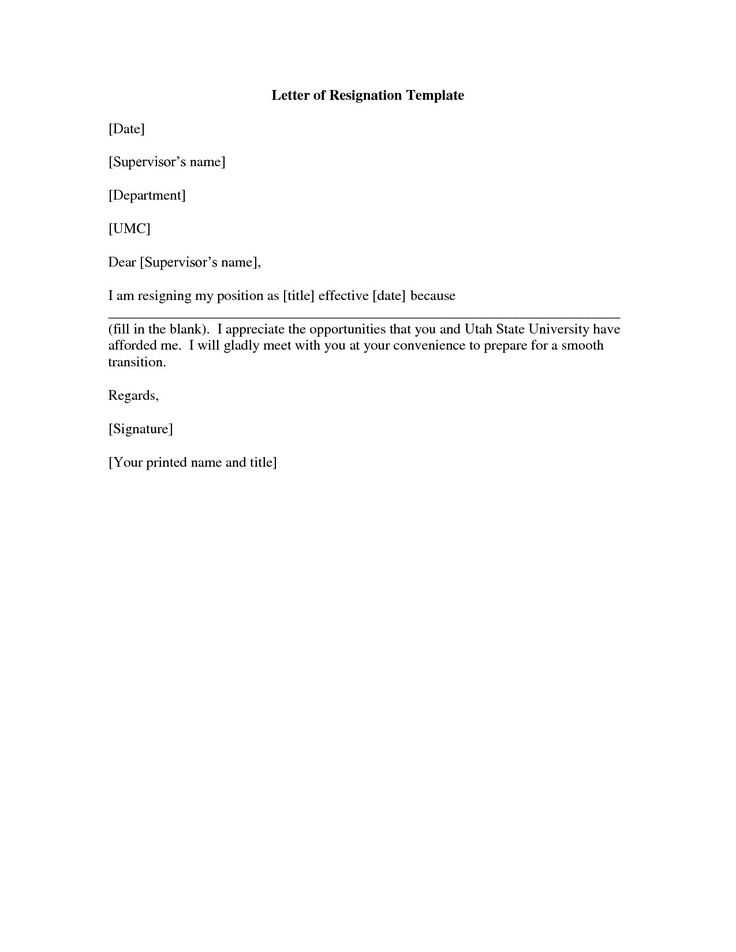
Clearly define the assets in question, including their name, type, and any identifiers that might be relevant. This ensures that the recipient knows exactly which items or securities are being referenced.
2. Volatility Measurement
Provide precise data on how volatility is measured, such as the standard deviation, beta value, or another specific metric. This enables the reader to understand the level of risk associated with the asset during the referenced period.
3. Source of Data
Include details about where the volatility data comes from, whether it’s a third-party provider, market data, or proprietary analytics. This adds credibility and transparency to the information provided.
4. Event or Conditions Influencing Volatility
Outline any specific market events, geopolitical changes, or economic reports that may have impacted volatility. Knowing what triggered the volatility adds context and depth to your template.
5. Risk Disclaimers
Incorporate clear disclaimers that explain the limitations of the data. Remind the reader that past volatility may not be indicative of future performance and that the letter does not serve as financial advice.
6. Contact Information
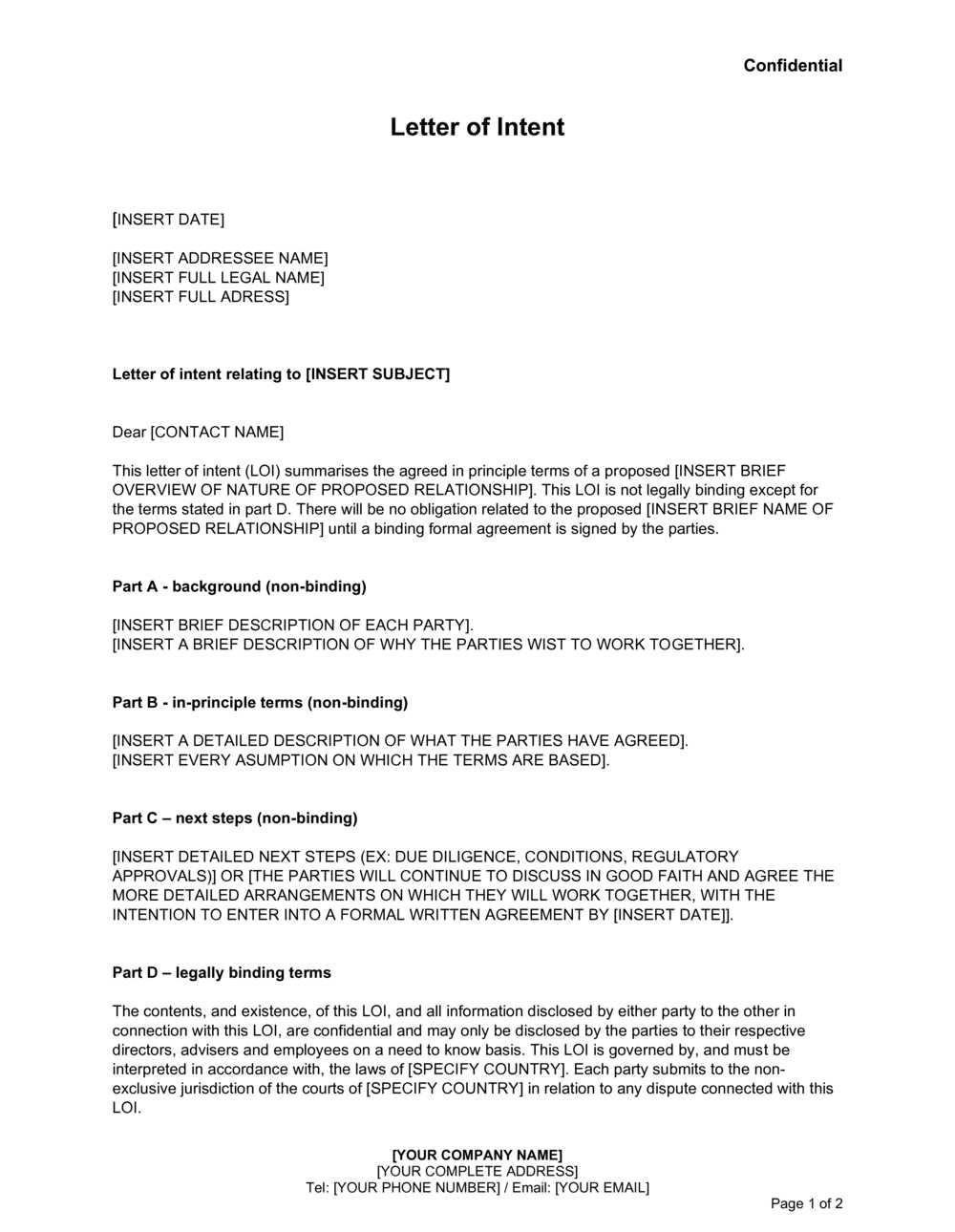
Always include contact information for any follow-up questions or further clarifications. A clear point of contact ensures that the recipient knows how to reach out for additional information.
7. Signature and Date
End with a section for the signatory’s details and the letter’s date. This not only authenticates the letter but also gives it a clear timeline for reference.
Steps to Draft a Clear and Concise Letter
Use direct language and get straight to the point. Begin with the purpose of the letter without unnecessary background information. Avoid fluff and focus on clarity.
1. Define the Purpose
Clearly state why you are writing. This sets the tone and directs the reader’s attention immediately. Use simple terms to express the message without overcomplicating the context.
2. Organize Your Points
Outline key points before writing. Keep paragraphs short and focused on one idea each. This helps the reader follow the argument logically and prevents information overload.
Close the letter with a clear call to action or desired outcome. Specify any next steps to prevent ambiguity and ensure the reader knows what is expected. Keep the closing direct and to the point.
Common Mistakes to Avoid When Writing
Clarity is key. Avoid vague or overly complex sentences that confuse the reader. Keep each sentence direct and to the point.
1. Overloading Information
Don’t try to cover too much in one document. Stick to the specific details that are necessary for understanding the subject. Extra information can distract from your main points.
2. Incorrect Structure
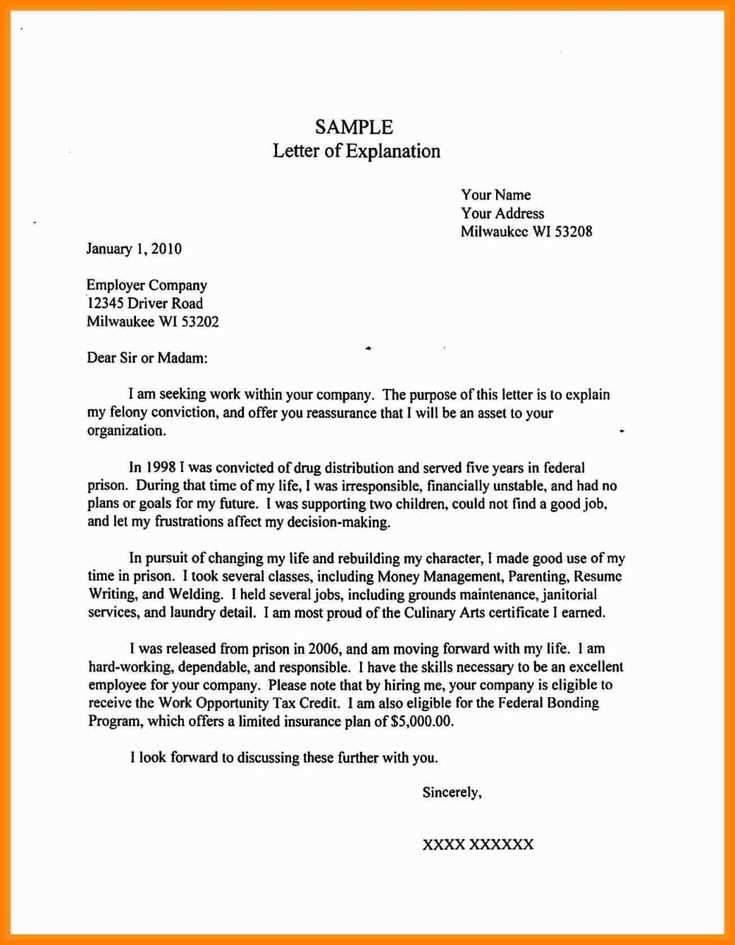
Organize your content logically. A disorganized document can make it difficult for the reader to follow. Always use headings and subheadings to break up sections clearly.
3. Inconsistent Terminology
Be consistent with the terminology you use. Switching terms without explanation can confuse the reader and make the document feel unprofessional.
4. Failure to Proofread
Grammar and spelling mistakes weaken the quality of your writing. Proofreading before submission is necessary to catch overlooked errors.
5. Ignoring the Audience
Consider who will be reading the document. Use appropriate language and tone based on your audience’s level of expertise on the topic.
6. Lack of Clear Purpose
Every letter should have a clear objective. If the reader can’t quickly determine the purpose of your writing, it’s likely they’ll lose interest.
7. Not Using a Template
Templates ensure consistency and help maintain the necessary format. Deviating from a standard format can make the document harder to read.
| Mistake | Solution |
|---|---|
| Overloading Information | Focus on key details only |
| Incorrect Structure | Use headings and subheadings for clarity |
| Inconsistent Terminology | Maintain consistent language throughout |
| Failure to Proofread | Proofread for grammar and spelling |
| Ignoring the Audience | Tailor content to the reader’s expertise |
| Lack of Clear Purpose | Define the objective clearly |
| Not Using a Template | Follow a structured template |
How to Customize the Template for Specific Needs
Begin by adjusting the template to match your organization’s specific requirements. Start with modifying the header sections. Replace generic placeholders with details such as company name, contact information, and relevant legal terms. This ensures the document accurately reflects your company’s identity.
Next, focus on the body of the template. If your business needs specific terms or conditions to be included, add sections that cover these details. Modify the language to align with your internal policies and legal framework. Remove unnecessary sections that do not apply to your context.
For tailoring the template to different types of volatility scenarios, adjust the risk levels and the scope of data covered. Define the time frame for volatility considerations based on your industry’s needs, whether it’s weekly, monthly, or yearly reviews. Consider adding fields for custom data points relevant to your specific operations.
Finally, review the formatting and layout. Ensure that all sections are clearly delineated, using bullet points, headings, and tables where appropriate. This helps ensure clarity and ease of use for anyone accessing the document.
Best Practices for Storing and Distributing Volatility Letters
Store volatility letters in a secure, access-controlled environment. Use encrypted storage systems to prevent unauthorized access. Cloud-based solutions with multi-factor authentication add an extra layer of protection, ensuring that only authorized individuals can retrieve the documents.
Organizing and Categorizing Documents
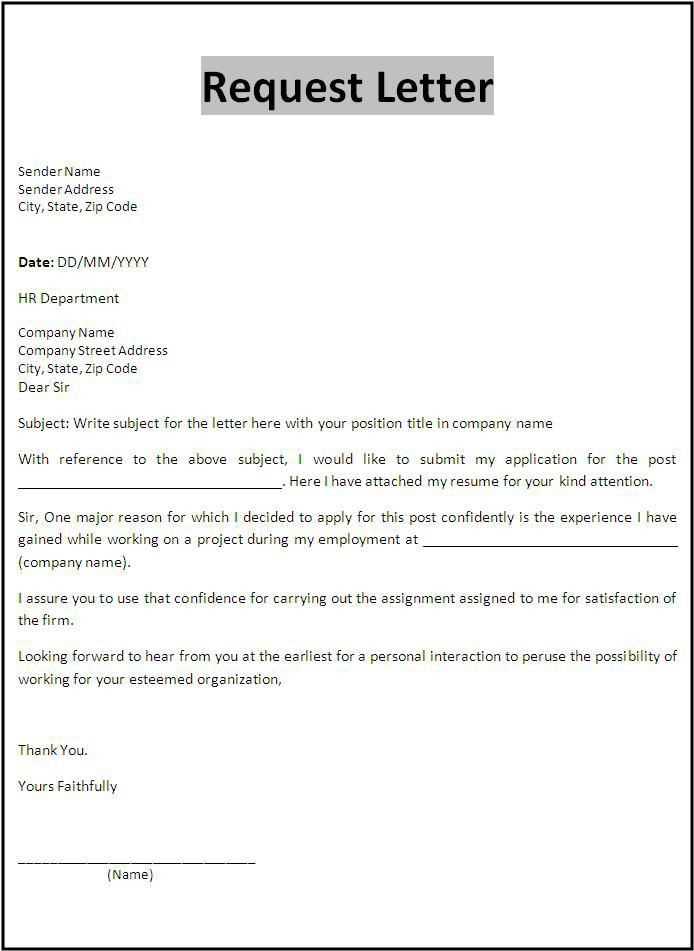
Organize volatility letters by date, category, or client for easy retrieval. Tag each letter with relevant keywords, such as “urgent,” “pending,” or “final,” to streamline the search process. Ensure a consistent naming convention across all documents to avoid confusion.
Distributing Volatility Letters
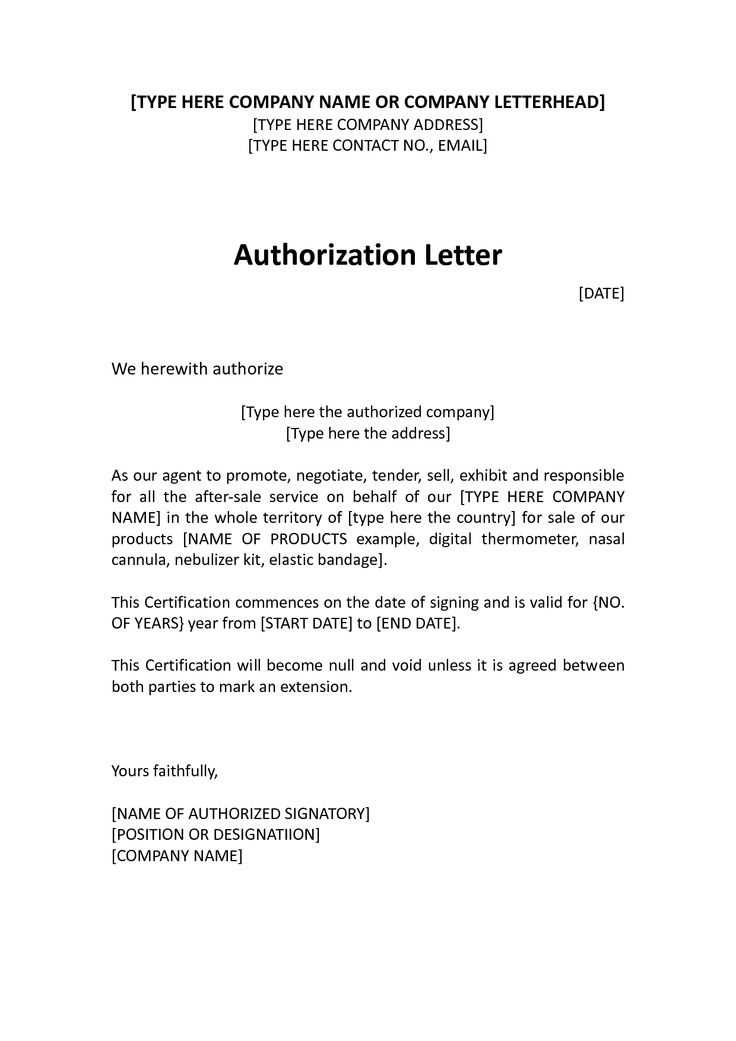
Distribute volatility letters securely using encrypted email or secure file transfer protocols. Avoid using unsecured communication channels like regular email or unprotected cloud links. Always confirm the recipient’s identity before sharing sensitive information, and maintain a record of all distributed letters for accountability.